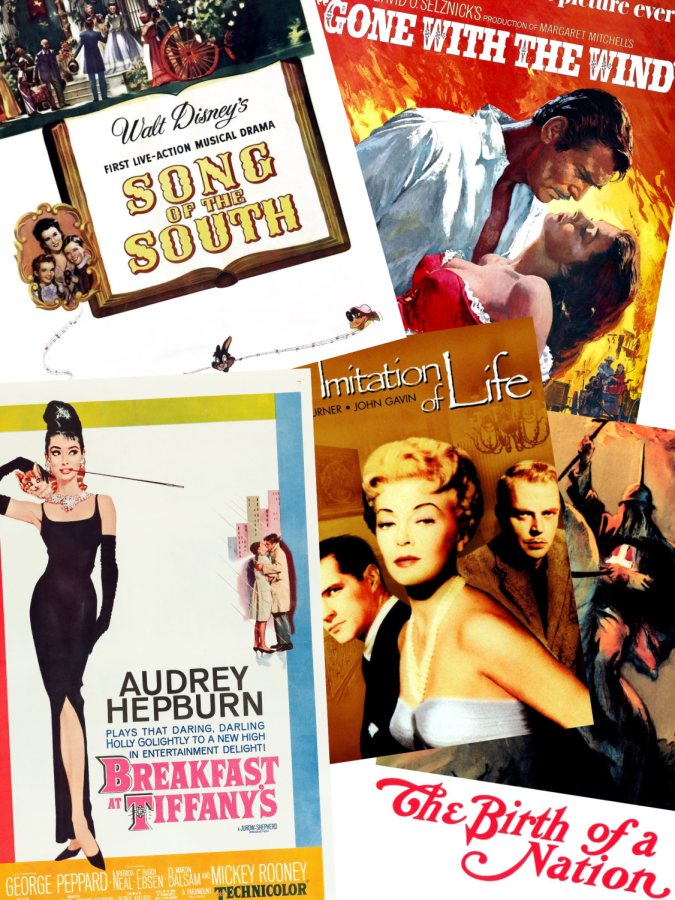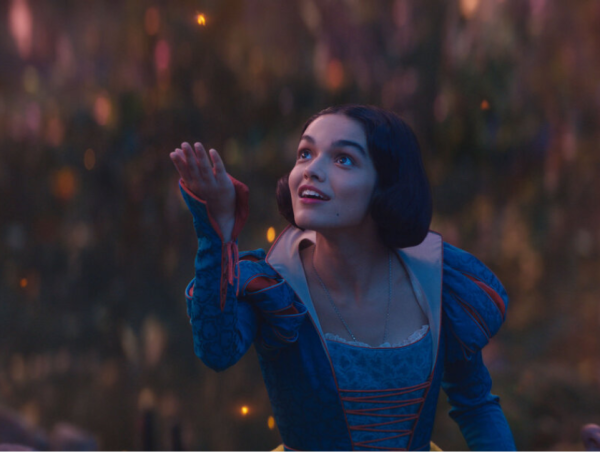Representation of People of Color is Still an Issue in Hollywood
While many old Hollywood films are held in high regard and considered classics, it’s important to remember the harmful stereotypes portrayed by certain characters aren’t representative of the communities they act for. Part of enjoying these old classics includes understanding that.
With the rise of social media in the past few decades and increased criticism towards the once lacking representation in Hollywood’s casting and American media as a whole, it’s important to consider the real effects that people of color face as a result of their exclusion. Beauty standards are a part of this- while some may say that the media is becoming more inclusive in their portrayal of society- with the celebration of Fenty Beauty’s first launch in 2017 for example, and the more recent popularity of Disney’s Encanto amongst audiences, Eurocentric beauty standards that exclude people of color still exist and continue to be a source of insecurity for those that don’t fit in. The exclusion of people of color in the American media upholds Eurocentric beauty standards that shames those who don’t fit them, and this impact continues to affect how people of color view themselves, as well as how they are seen and treated by others.
When considering these effects and how they still exist in modern media, it’s important to look at the roots behind it all- colonization. Specifically, Britain in the 1800s. Beauty standards such as light skin, straight hair, and blue eyes, are examples of Caucasian traits that are still considered more beautiful. Looking at older media from Hollywood, it’s easy to see what this caused: a lack of representation and employment for women of color, especially dark skinned women. And when women of color were given roles, such as in Gone with the Wind, a film from 1939, they often played stereotypes of their race;In Gone with the Wind, Hattie McDaniel played a house slave, representing the “Mammy” stereotype of black women, used throughout the Jim Crow era to portray the idea of black women being happy as slaves, “belonging” in their white family. Another negative stereotype of women of color can be seen with the representation of Asian people in Hollywood, which almost always focuses solely on East Asia, erasing the different and diverse cultures in all of Asia.
Not only does Hollywood play a role in enforcing the stereotypes of people of color, it also plays a role in how minorities are treated. Especially in children’s media, poor representation shapes how they grow up and see the world. Lacking role models that embody their identities, whether it be through race, gender, or something else, young viewers are taught that they cannot achieve the same level of success as the role models they see in media.This mentality is perpetuated when the representation they get is only that of a stereotype. Furthermore, it affects how they treat their peers. When people, not just children, have limited interaction with a certain group of people (ex. Limited interaction with minorities that don’t live in their area, etc.), ideas about that group are likely from depictions in the media, positive or negative.
While it could be argued that these stereotypes are less of an issue in the modern era due to the fact that representation has become a more relevant issue, superficial representation in media is a new problem. Sure, it’s definitely good to have representation in the media through the people you see on screen- a diverse cast is never a bad thing. However, it’s equally important to have diversity in people behind the scenes, with directors, producers, script writers, etc. This is still a problem with Hollywood being underrepresented in these departments, and it leads to the inclusion of awful stereotypes of people without a second thought- for example, Emily in Paris portraying a Ukrainian woman as a thief, or French people as snobby and rude.
Overall, representation is more than having one black actor with an all white cast and crew. It’s important to have diverse experiences and identities represented in television, especially in such a multicultural society like that of America’s. A lack of representation, especially positive representation, often leads to real effects for the people involved, and as can be shown with more recent media, misrepresentation and stereotypes in characters. While progress is being made on screen, stopping the harmful depictions of minorities, a problem that Hollywood has always had, starts with the people behind the screen.







